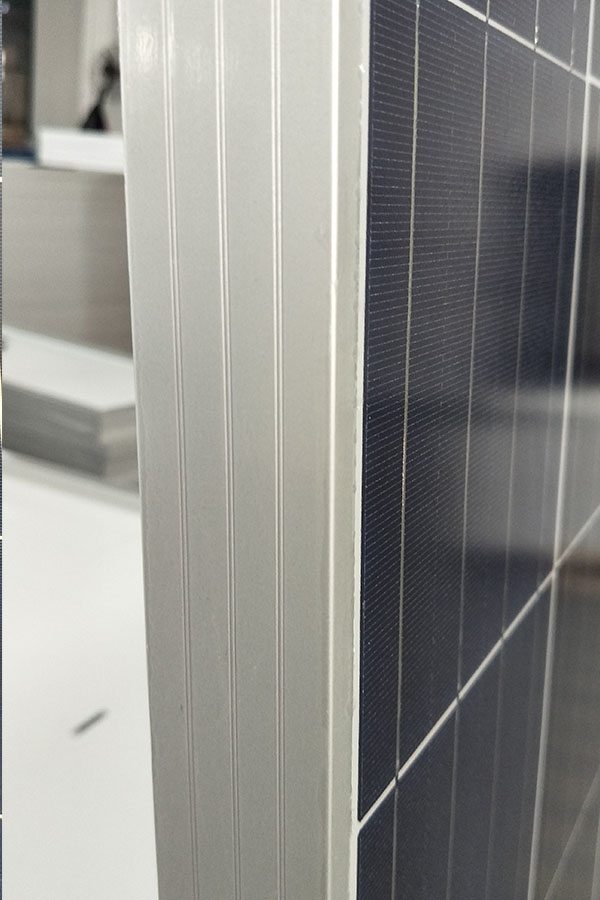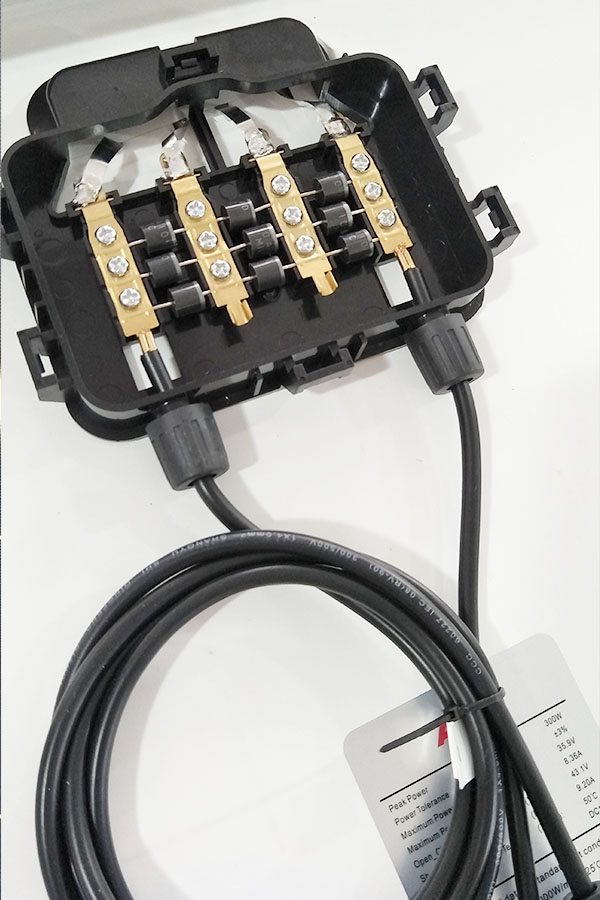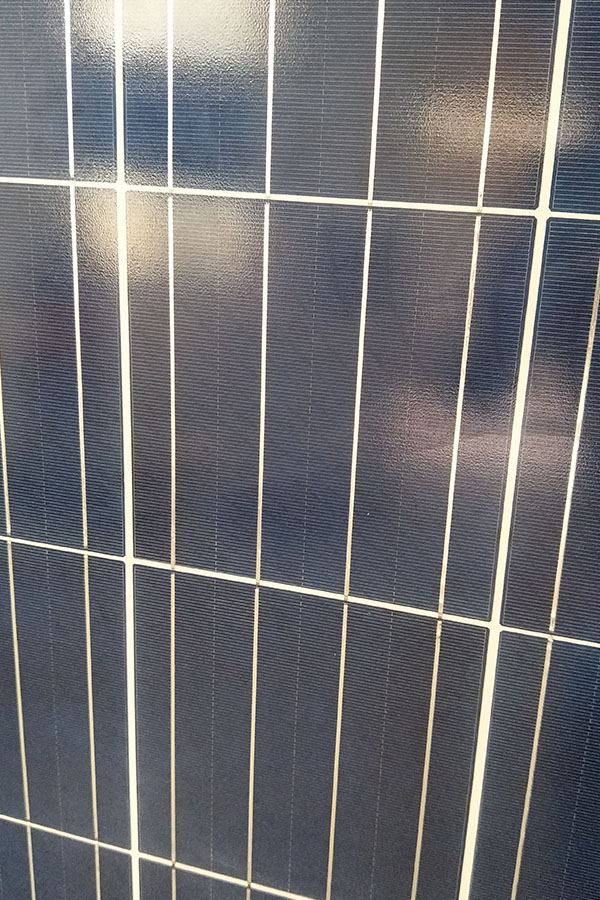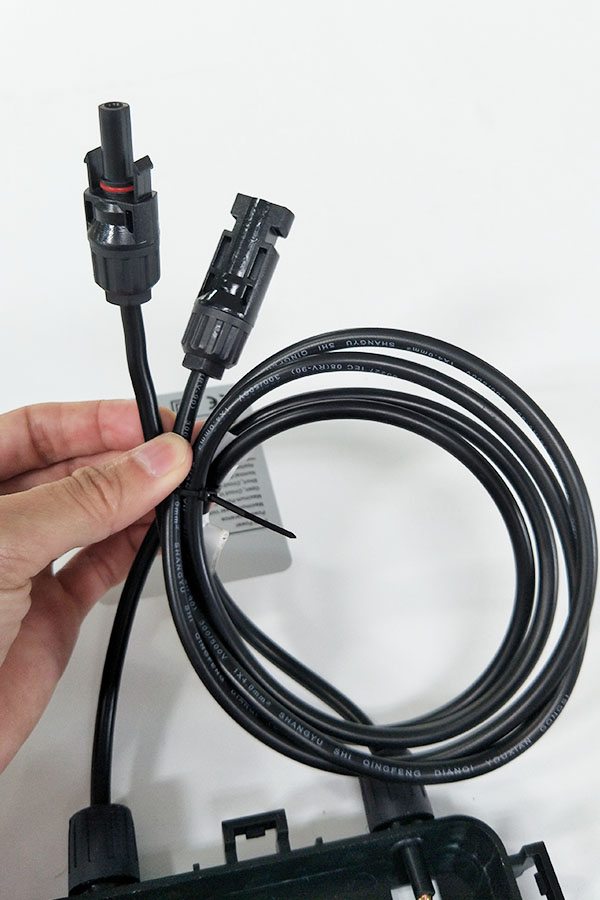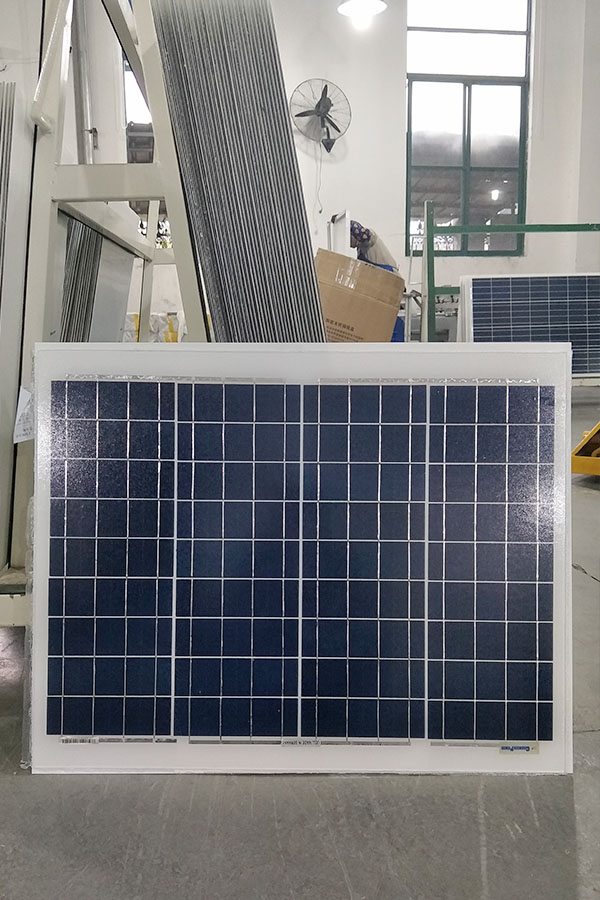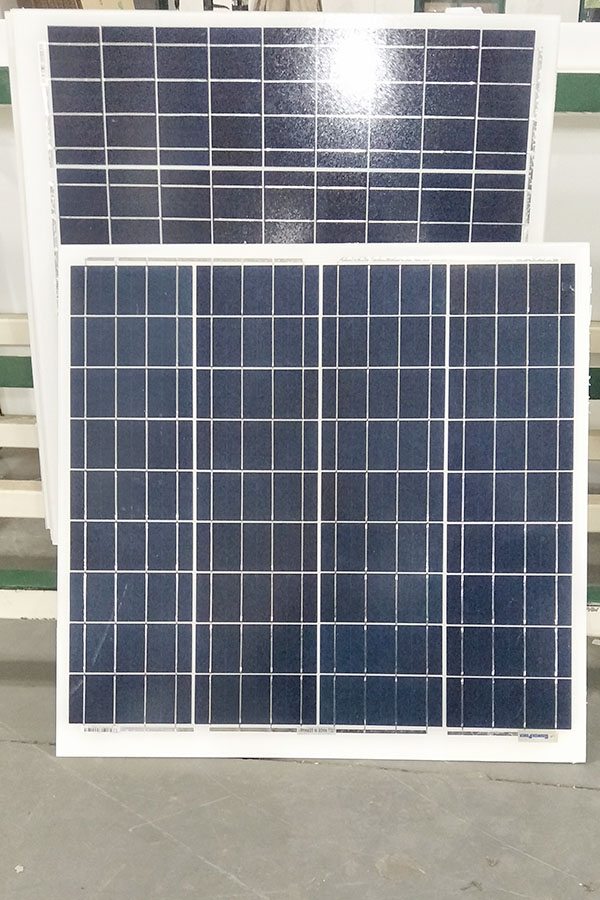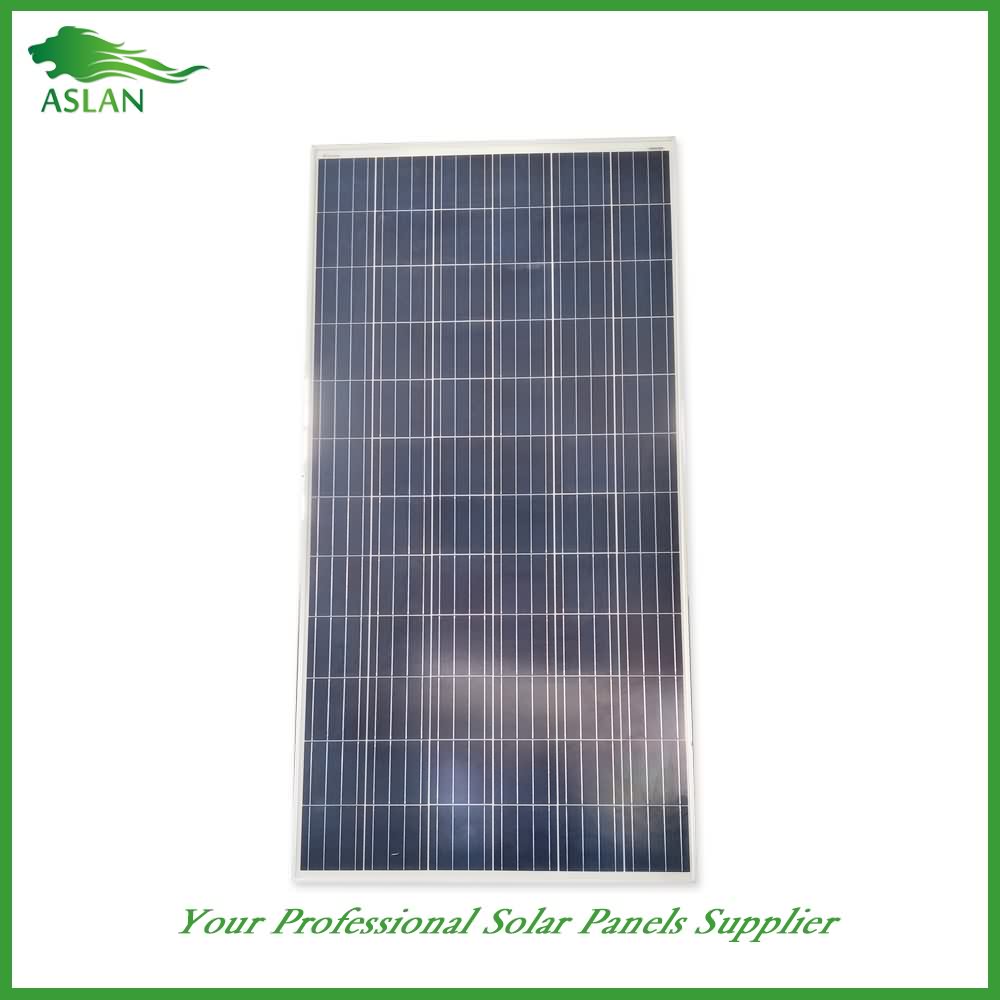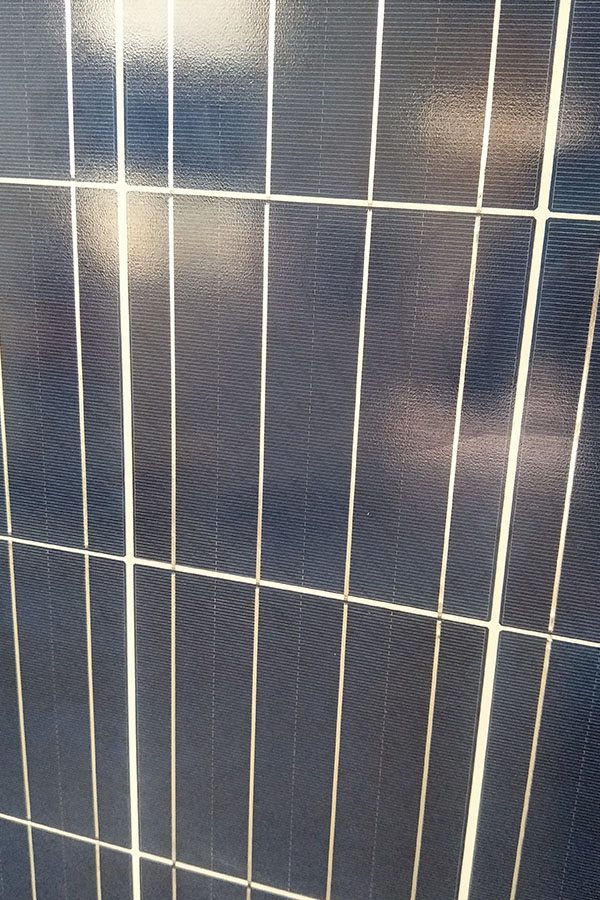22 Years Factory Poly-crystalline Solar Panel 150W Surabaya Importers
Short Description:
All we do is always associated with our tenet " Customer first, Trust first, devoting on the food packaging and environmental protection for 22 Years Factory Poly-crystalline Solar Panel 150W Surabaya Importers, Our tenet is clear all the time: to deliver high quality product at competitive price to customers around the world. We welcome potential buyers to contact us for OEM and ODM orders
Poly-crystalline Solar Panel 150W
Technical parameter
Maximum Power(W) 150W
Optimum Power Voltage(Vmp) 17.92V
Optimum Operating Current(Imp) 7.83A
Open Circuit Voltage(Voc) 21.86V
Short Circuit Current(Isc) 8.59A
Mechanical Characteristics
Cell Type Poly-crystalline 156x156mm (6 inch)
No of Cell 36 (4x9pcs)
Dimensions 1482x678x35mm
Weight 11.9KGS
Front Glass 3.2mm,High Transmission, Low Iron,Tempered Glass
Junction box IP65 Rated
Output Cable TUV 1×4.0mm2/UL12AWG,Length:900mm
Temperature and Coefficients
Operating Temperature(°C): -40°C ~ + 85°C
Maximum System Voltage: 600V(UL)/1000V(IEC) DC
Maximum Rated Current Series: 15A
Temperature Coefficients of Pmax: -0.435%
Temperature Coefficients of Voc: -0.35%
Temperature Coefficients of Isc: 0.043%
Nominal Operationg Cell Temperature (NOCT): 47+/-2°C
Materials of solar panel
1).Solar Cell——Poly-crystalline solar cell 156*156mm
2).Front Glass——-3.2mm, high transmission, low iron, tempered glass
3).EVA——-excellent anti-aging EVA
4).TPT——-TPT hot seal made of flame resistance
5).Frame——anodized aluminum profile
6).Junction Box——-IP65 rated, high quality, with diode protection
Superiority: high quality anodized aluminum frame, high efficiency long life, easy installation, strong wind resistance, strong hail resistance.
Features
1. High cell efficiency with quality silicon materials for long term output stability
2. Strictly quality control ensure the stability and reliability, totally 23 QC procedures
3. High transmittance low iron tempered glass with enhanced stiffness and impact resistance
4. Both Poly-crystalline and Mono-crystalline
5. Excellent performance in harsh weather
6. Outstanding electrical performance under high temperature and low irradiance
Quality assurance testing
Thermal cycling test
Thermal shock test
Thermal/Freezing and high humidity cycling test
Electrical isolation test
Hail impact test
Mechanical, wind and twist loading test
Salt mist test
Light and water-exposure test
Moist carbon dioxide/sulphur dioxide
Ok, the weather finally cooled off and allowed me to finish the panel. I coated the whole thing in 4 coats of KILZ white sealer. I did not use pegboard for the cell mounting substrate because I didn’t like the holes. I instead used 1/8″ door skin which worked out excellent. I also did not glue the cells down with blobs of silicone. I decided to use 1″ Scotch heavy duty mounting squares which are adhesive on both sides. You just peel the tape off of the outside and stick them down. I am not sure how these will work VS. silicone in the long run, but I experimented with a cell by sticking it onto a scrap piece of door skin and the bond was permanent. I had to destroy the cell to get it off of the scrap piece. So, hopefully they will work. All that is left to do now is get a piece of glass cut, silicone that down and put some aluminum channel on the outside. This entire thing is going to cost around $140 to build. The panel puts out 63 watts, 19.25 volts and 3.63 amps. Not bad.
I use the bathtub analogy to simply explain how to size a solar system. Then I run a simulation for a rainy week

